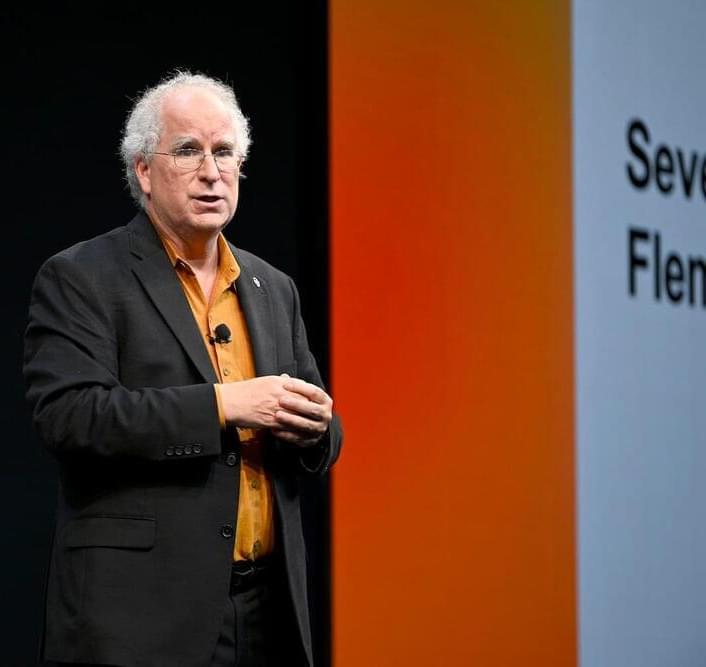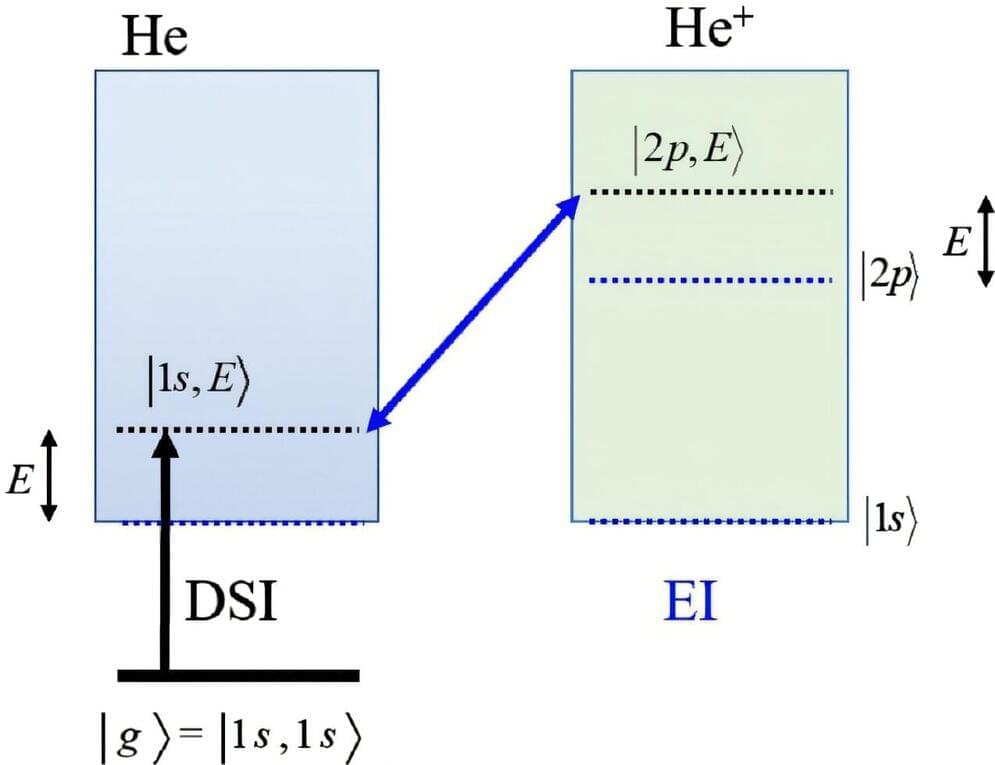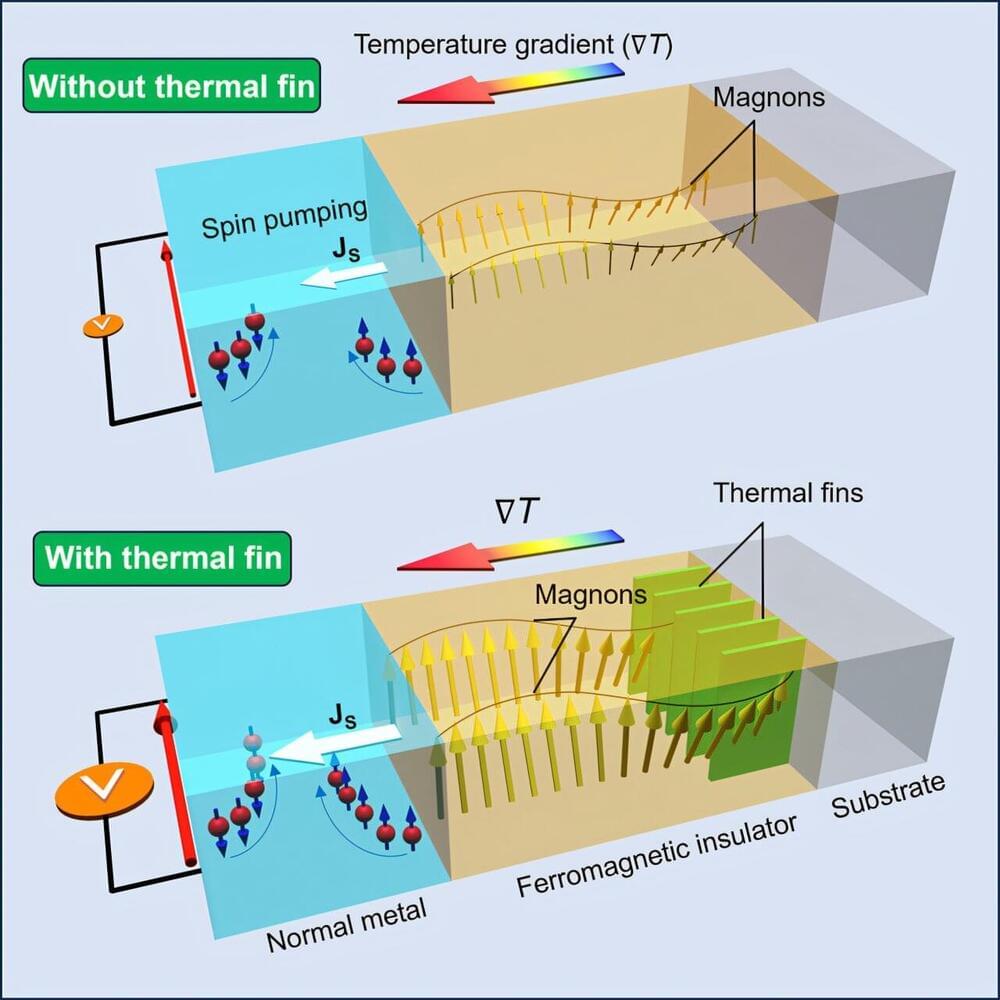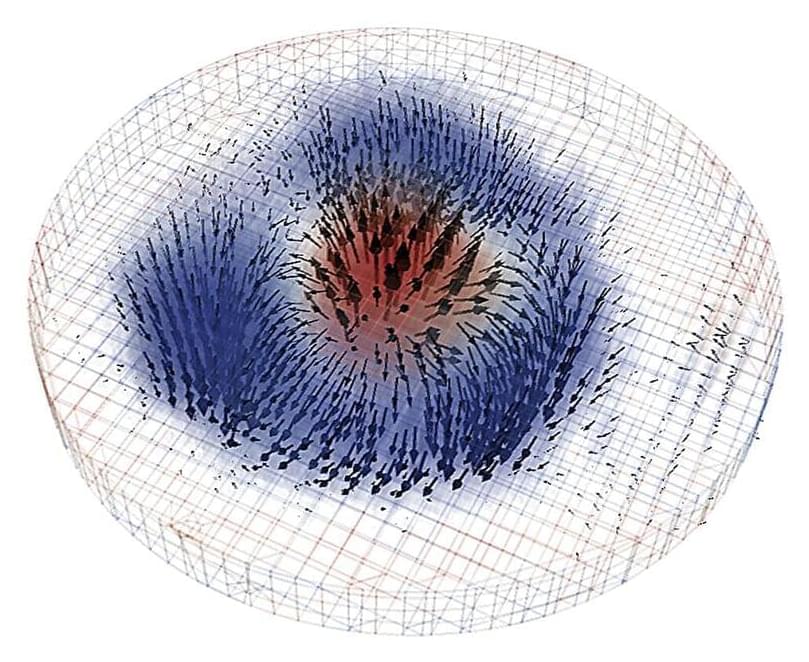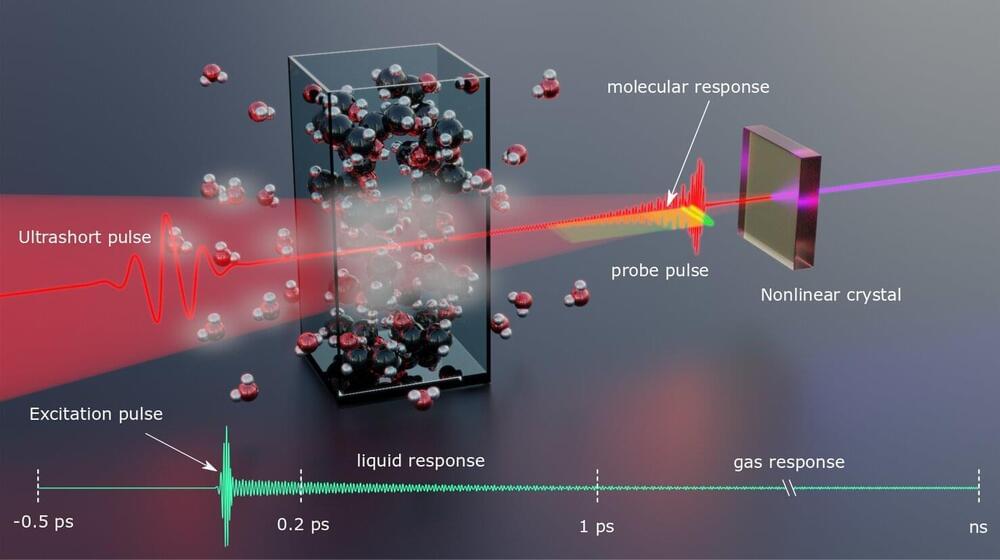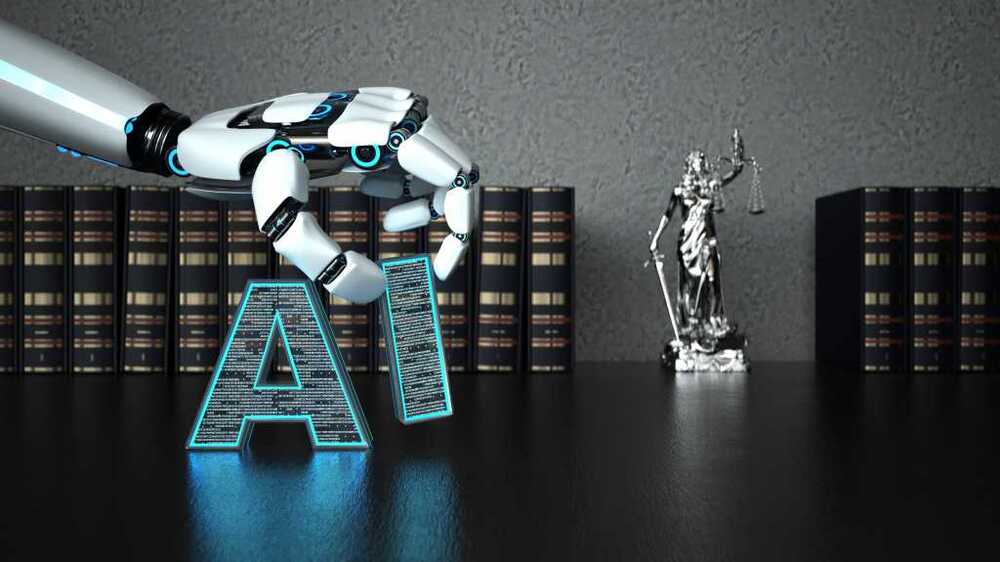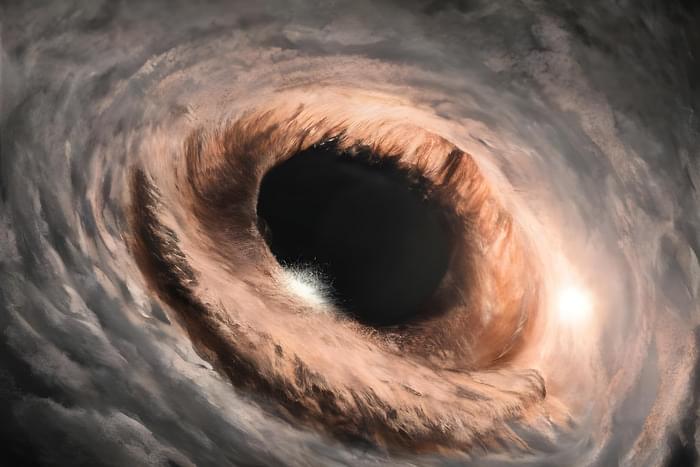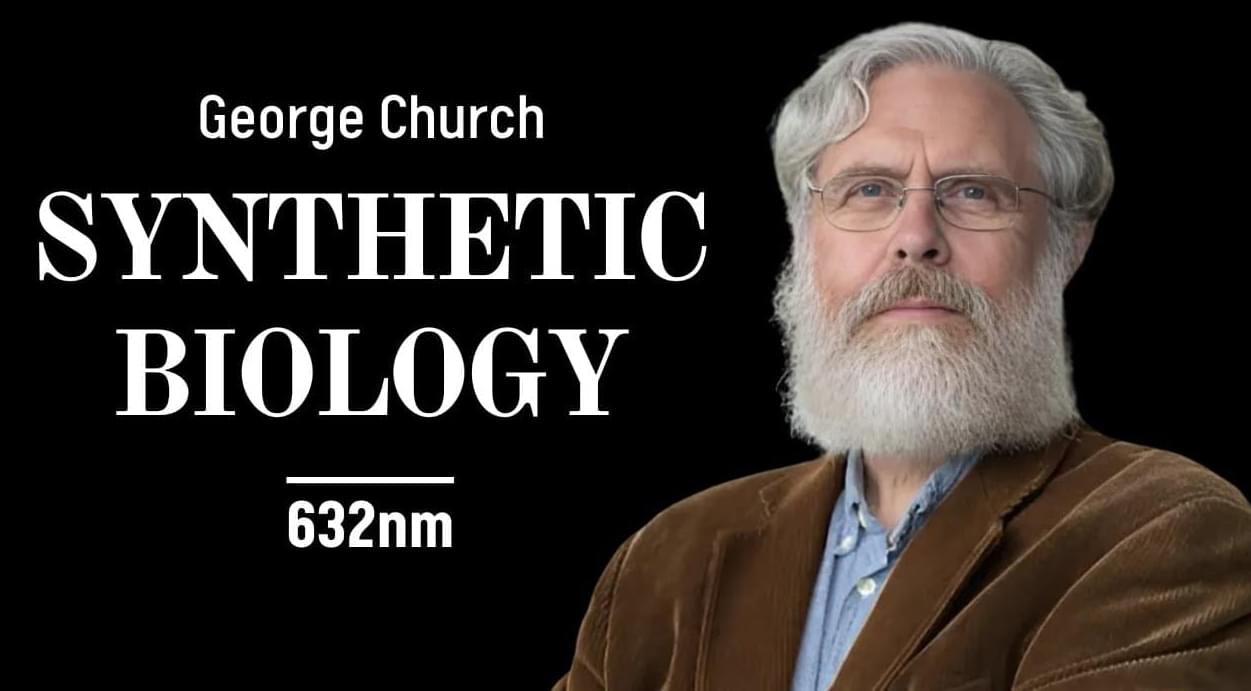Hackers made off with the info of 31 million users.
Quantum theory describes events that take place on extremely short time scales. In the past, such events were regarded as ‘momentary’ or ‘instantaneous’: An electron orbits the nucleus of an atom—in the next moment it is suddenly ripped out by a flash of light. Two particles collide—in the next moment they are suddenly ‘quantum entangled.’
A research team has made a breakthrough in significantly enhancing the commercial viability of spin wave harnessing technology. This innovation is being heralded as a next-generation technological solution to the persistent issue of heat generation in electronic devices. The research findings were published on September 26 in the online edition of Matter.
A difficult-to-describe nanoscale object called the magnetic skyrmion might one day yield new microelectronic devices that can do much more—for example, massive data storage—all while consuming much less power.
In an advance that could revolutionize biomarker detection, researchers at the Max Planck Institute for the Science of Light have developed a novel technique called femtosecond fieldoscopy. This method enables the precise measurement of minute liquid quantities, down to the micromolar level, with unmatched sensitivity in the near-infrared region.
“There’s way more piloting that I’ve seen, especially in large law firms. So, there’s been a lot of expense, especially the allocating of staff and paying out of pocket for licensing fees,” Friedmann said.
“Part is keeping up with the Joneses, part of it is marketing, and part of it is just getting over the adoption challenges,” he continued. “In eDiscovery, before the advent of genAI, you needed some training to know how to interact with discovery database. There were a lot of tools, but they all had the same issue: You had to be pretty technically adept to tackle the database yourself.”
Law firms and corporate legal departments are adopting genAI for a myriad of purposes, ranging from document discovery and analysis to contract lifecycle management. GenAI can be used to categorize and summarize documents, draft new ones, and generate client communications.
A type of mathematical problem that was previously impossible to solve can now be successfully analysed with artificial intelligence.
The name of the conference will be lifeboat foundation conference for polymaths futuristics and visionaries.
The place will be this hotel.
https://maps.app.goo.gl/sdG14SRcrJEJGYGH6
With nice accommodation equipped with fitness swimming pool sauna Jacuzzi and restaurant.
Please help me organise it…
Dear All Polymaths I will arrange the conference for polymaths like all of you.
The great George Church takes us through the revolutionary journey of DNA sequencing from his early groundbreaking work to the latest advancements. He discusses the evolution of sequencing methods, including molecular multiplexing, and their implications for understanding and combating aging.
We talk about the rise of biotech startups, potential future directions in genome sequencing, the role of precise gene therapies, the ongoing integration of nanotechnology and biology, the potential of biological engineering in accelerating evolution, transhumanism, the Human Genome Project, and the importance of intellectual property in biotechnology.
The episode concludes with reflections on future technologies, the importance of academia in fostering innovation, and the need for scalable developments in biotech.
00:00 Introduction to Longevity and DNA Sequencing.
01:43 George Church’s Early Work in Genomic Sequencing.
02:38 Innovations in DNA Sequencing.
03:15 The Evolution of Sequencing Methods.
07:41 Longevity and Aging Reversal.
12:12 Biotech Startups and Commercial Endeavors.
17:38 Future Directions in Genome Sequencing.
28:10 Humanity’s Role and Transhumanism.
37:23 Exploring the Connectome and Neural Networks.
38:29 The Mystery of Life: From Atoms to Living Systems.
39:35 Accelerating Evolution and Biological Engineering.
41:37 Merging Nanotechnology and Biology.
45:00 The Future of Biotech and Young Innovators.
47:16 The Human Genome Project: Successes and Shortcomings.
01:01:10 Intellectual Property in Biotechnology.
01:06:30 Future Technologies and Final Thoughts.
